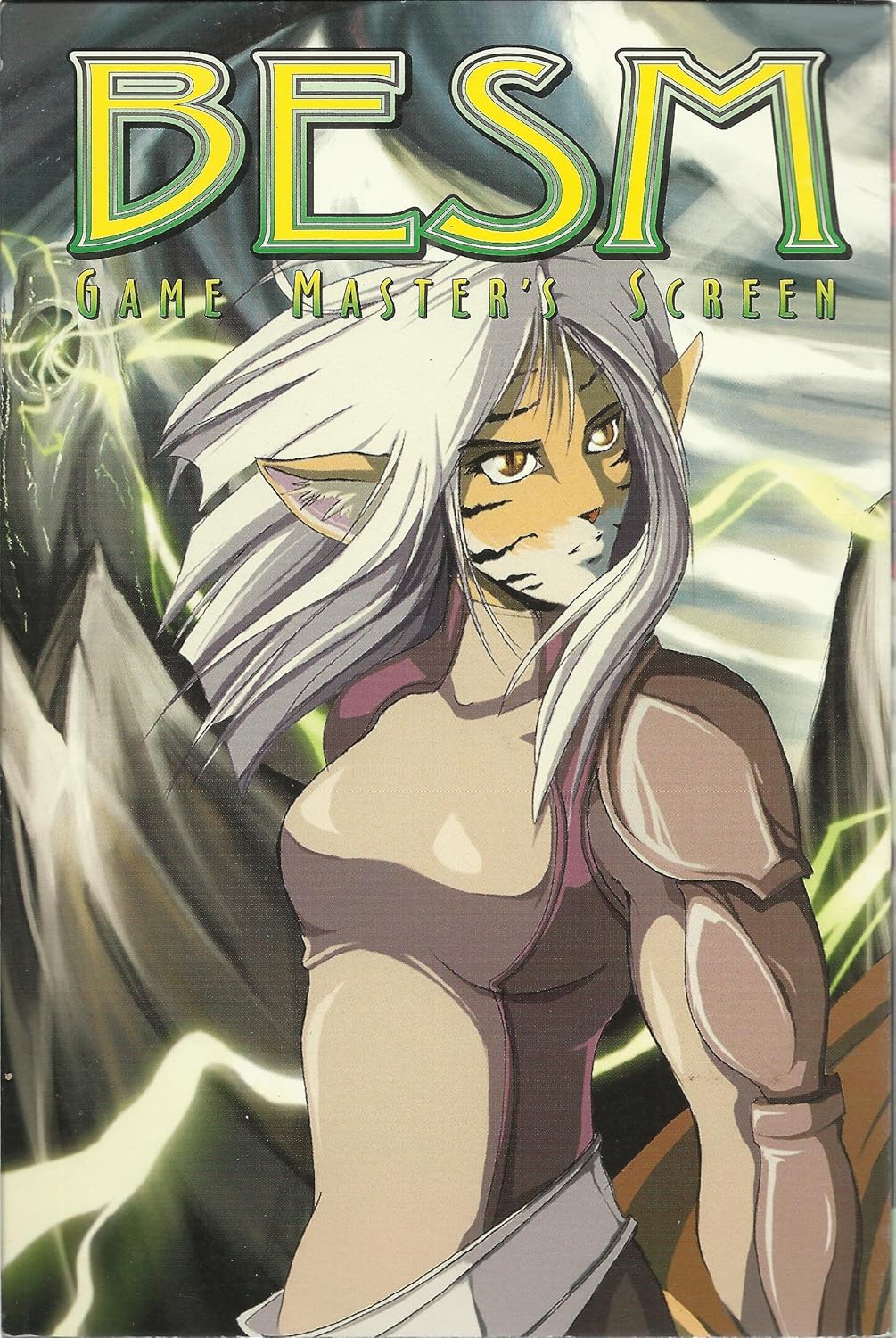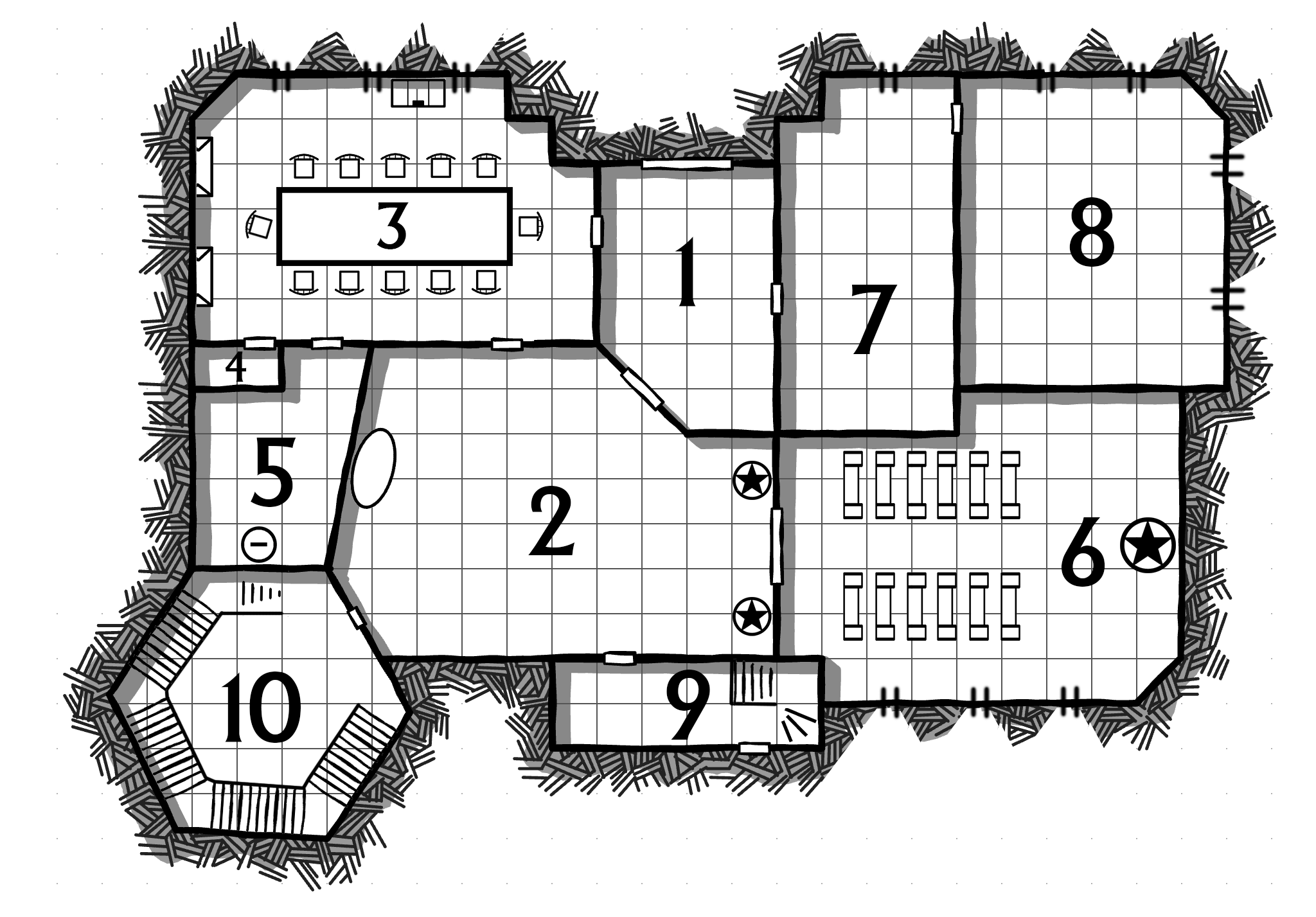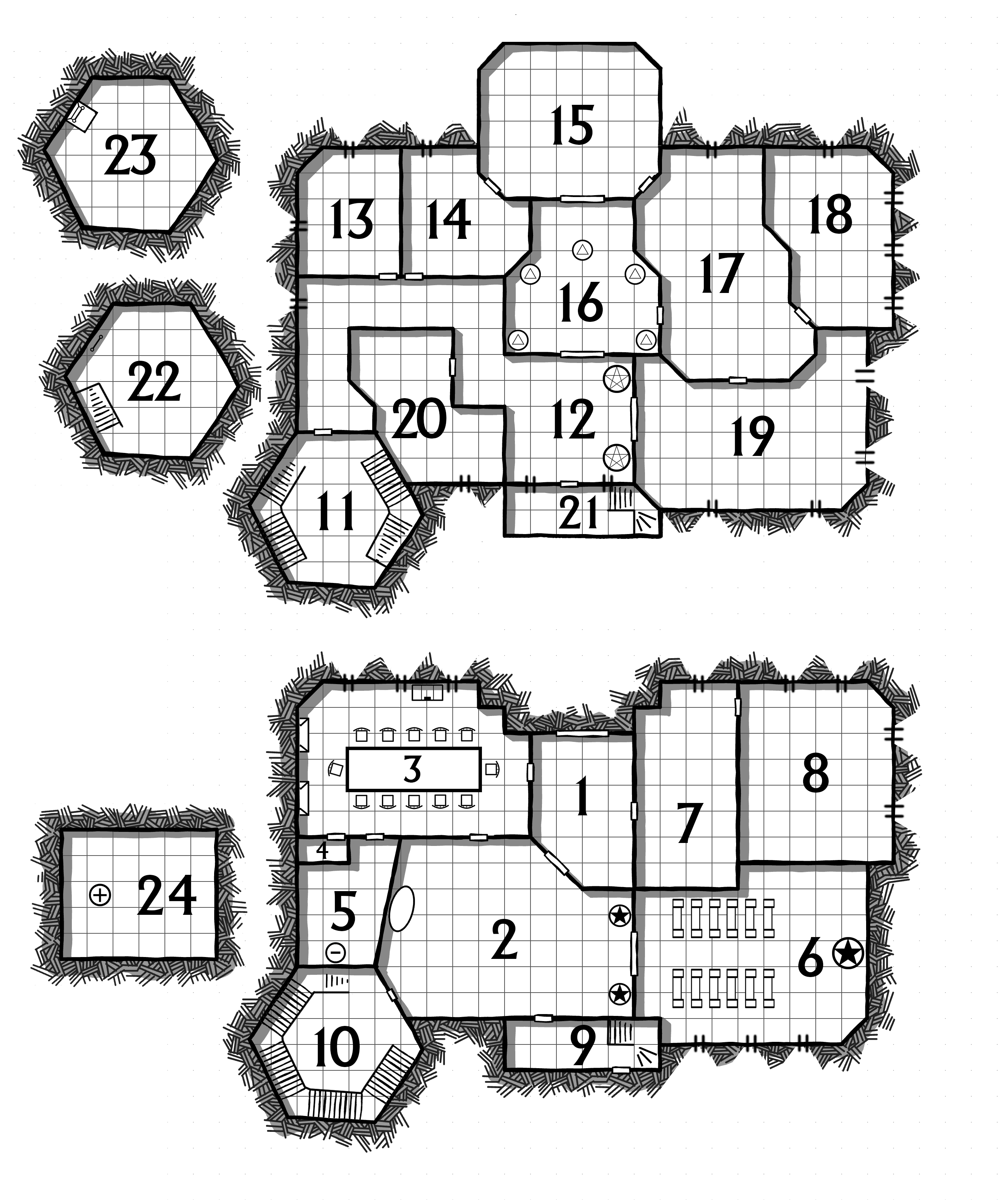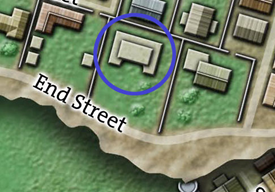There are several pieces of closely related GM (and sometimes player) advice that are often seen as “common wisdom” and get passed around as simple truisms:
- Always Say Yes
- Yes, and…
- Say Yes or Roll the Dice
At first glance, these seem like smart, appealing ideas. Railroading is bad, right?
But if that’s the case, why do we so often see people pushing back on these maxims? Well, maybe these are just bad GMs who want to railroad their players and don’t like being told that they shouldn’t.
It turns out, though, that if the GM actually does apply these techniques 100% of the time, the results are frequently if not always bad. So people will point that Always Say Yes, doesn’t really mean always. Obviously you sometimes need to say No. And that’s fair. These are, after all, simple maxims. If they’re helping to push people out of bad habits, that’s still useful even if the reality is more nuanced.
But in order for this be truly useful, we still need to figure out why it fails. Otherwise we still won’t know when and how to say Yes. We’ll still be flying blind.
YES, AND…
Let’s begin with “Yes, and…” The idea here is that you should never say No to something another player proposes. Instead, you should accept what they say about the game world as true and build on it.
The concept of “Yes, and…” comes from theatrical improv. In theatrical improv games, “Yes, and…” is a vital principle because the performers are collaborating to create a world. As an improv performer, you always accept new facts about the world because negation doesn’t take you anywhere creatively. (“Here we are at DisneyWorld!” “No, we’re at the White House.”)
Even in theatrical improv, though, it needs to be made clear that it’s about the performer always saying yes to the worldbuilding of the other performers. It doesn’t mean that the character you’re playing will always say yes to the other characters.
The reason this advice doesn’t translate to a roleplaying game is that RPGs and theatrical improv have fundamentally different narrative structures.
In an RPG, the GM creates the world and the players take on the roles of characters who live in that world. The GM’s fundamental role is to be an arbiter of the fictional reality. From a game perspective, this is much more like 20 Questions than a theatrical improv game: There is a fundamental “truth” (e.g., the object selected in 20 Questions or what the Black Lich’s hiding place is) that the GM knows and which is being communicated to the players.
While you can technically play 20 Questions while always saying Yes, you’ve fundamentally broken the game.
So the improv-style Always Say Yes to Worldbuilding doesn’t work in an RPG. What if we change the target to something like Always Say Yes to Player Plans? This is probably getting us closer to something useful, but it still doesn’t hold up to scrutiny. For a simple example, someone might say, “I cast a spell and teleport back to Dweredell!” Okay… but does your character actually have a spell that does that? RPGs have rules that mechanically define characters and what they can (and, importantly, can’t) do.
In addition to a character mechanically lacking the ability they need to do something, you’ve also got world state (e.g., there’s a teleport interdiction field here) and NPC actions (e.g., someone counterspells the teleport) that can negate player intention.
SAY YES OR ROLL THE DICE
This is where Say Yes or Roll the Dice comes from. This can be more accurately understood as Say Yes Unless the Mechanics Say No (since not all mechanics use diced outcomes), but even that can still be misleading in an RPG with a GM because there can be non-mechanical reasons why a player’s proposed action won’t work (e.g., they want to go to the mage’s guild, but the GM knows there’s no mage’s guild in this village).
Say Yes or Roll the Dice, however, is a maxim that comes from storytelling games. Unlike roleplaying games, in which the mechanical decisions of the players are directly associated to the decisions of their characters (thus making the game play decisions inherently an act of roleplaying), STGs are narrative tabletop games in which the mechanics determine which player has narrative authority (or narrative control) in determining an outcome.
In a storytelling game, therefore, Say Yes or Roll the Dice is a fundamental maxim because it’s expressing the central dynamic of the game: Either agree that something is true OR disagree and use the narrative control mechanics to determine who’s right. (And this is true whether the game has a GM or not.)
Some storytelling games also have a structure much closer to theatrical improv, which often brings straight up Yes, and… principles back into play, too.
But here, too, we’re still circling a central question: Why should you say Yes sometimes, but roll the dice other times? How do you know when to say No?
DEFAULT TO YES
This is why I prefer the principle of Default to Yes, which can be expanded as, “When the player say they want to do something, you should default to letting them do it unless you have a specific and interesting reason not to.”
And, furthermore, if there’s a reason not to Default to Yes, then use the Spectrum of GM Fiat to find responses that are more productive than a flat No.
- Yes
- Yes, but…
- No, but…
- No
















